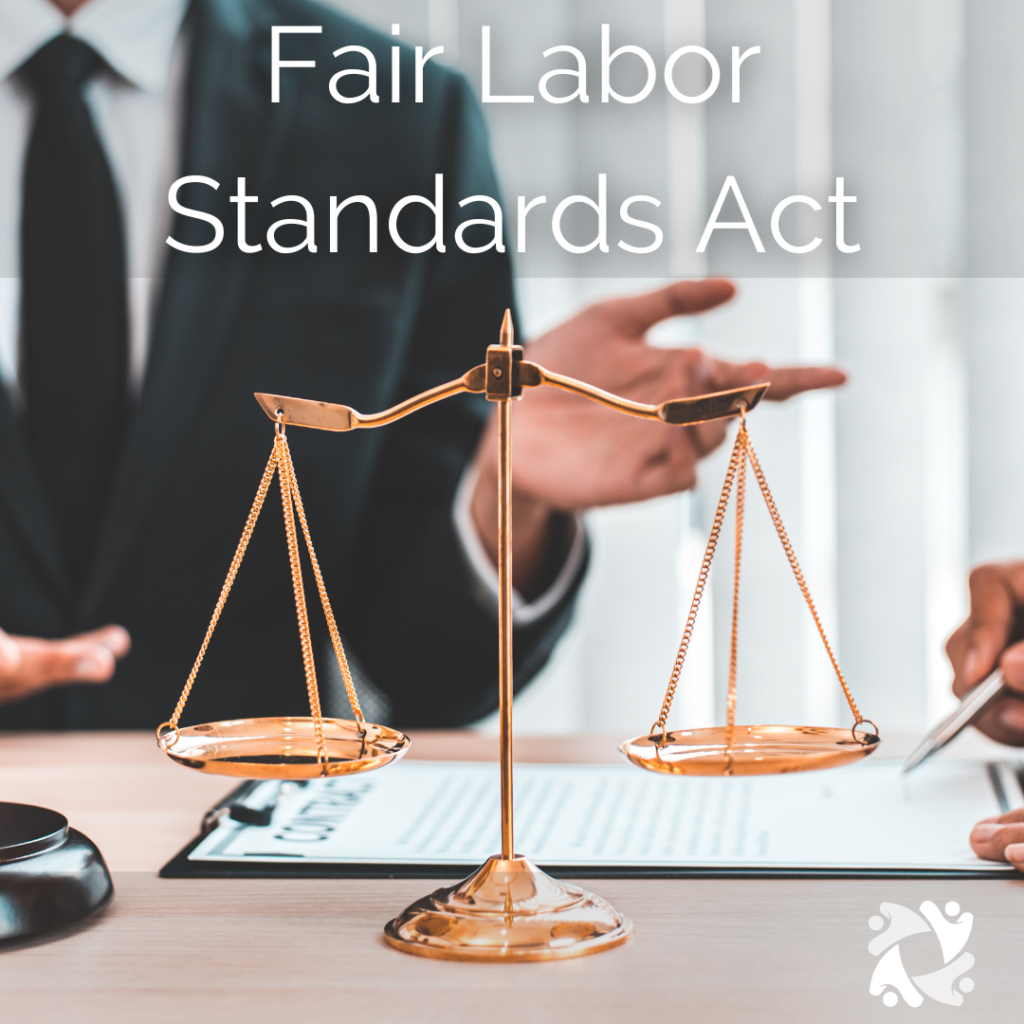The Fair Labor Standards Act requires that employees must be paid time-and-one half their normal rate of pay for any hours worked over 40 in a 7-day pay period. (Please note that some states require time-and-a-half for any hours worked over 8 in a day.) One exception to this is if the employee’s position has been classified as exempt from the overtime provisions of the law.
Truth be told, the classification of employees as exempt or non-exempt under the Fair Labor Standards Act (FLSA) is one of the most complex and difficult issues in federal wage and hour law. As a generality, most exempt employees must meet three criteria to be eligible for this overtime exemption (although some positions may have slightly different criteria):
- The employee’s position must be paid on a salary basis. So, for example, if they work 30 hours or 50 hours, they will make the same amount.
- The salary must be in excess of $684.00 per week.
- The position must qualify for the exemption based on the duties – not the title. Courts draw a line between administrative employees who help run the business versus those who follow well-established techniques and procedures often derived from manuals (even if this is essential to the core function of the business) by setting standards such as managers, executives, professionals, and other influential or creative administrators.
While the first two requirements are fairly simple to understand and check off, it’s the third requirement – those duties tests – that have long given employers both confusion and heartburn (and when mishandled, big dents in the checkbook). All three of these elements must be met for compliance.
When an entitled employee has missed out on their overtime, employers should be prepared to make significant financial investments including:
- Back pay
- Federal civil penalties
- Liquidated damages
- State penalties
- Plus interest
Willful violations can exponentially increase these expenses. Check out this handy tool from Intuit to learn about the number and cost of violations by state and industry. One word = Ouch.
FLSA compliance is a common oversight in large enterprises, small businesses, and start-up companies alike. In 2022, Merrill Lynch, Pierce, Fenner & Smith Inc., known as Merrill, settled a $3.4 million collective action lawsuit that alleged the company violated the FLSA by misclassifying an entire class of employees as exempt from overtime laws, resulting in lost wages.
Not only is this an often-missed and costly compliance risk, but paying non-exempt employees who work above 40 hours in a pay week overtime is essential to attracting and retaining talent that employers need in the new world of work. With demands for competitive wages as strong as it has ever been, paying employees appropriately is a foundational requirement.
To help employers appropriately and confidently classify their employees, “duties test questionnaires” have been developed. While not a legal opinion, analyzing roles against these tests can help guide employers in determining the appropriate classification for roles and to make good faith efforts to comply. The FLSA exemption questionnaire is a basic test for employers to conduct a job duty analysis to determine if the duties of the role (not the individual and not the title) might qualify for the exemption.
Ensuring that you’re paying your employees correctly creates a positive employee experience, is an attractive benefit, and keeps your organization safe from legal fees and hefty settlement costs. Wondering how to ensure your employees are classified correctly? Give us a call and we’ll share our favorite duties tests with you. We’re ready to help as your go-to people partner!

